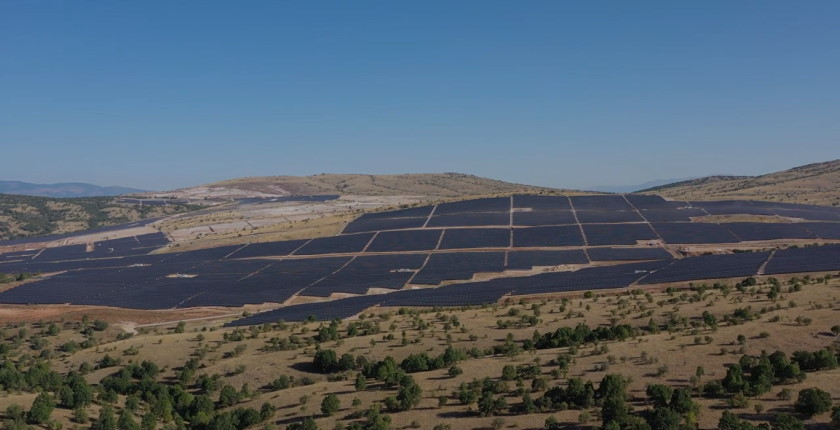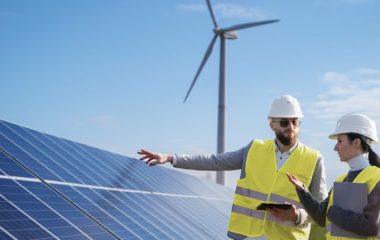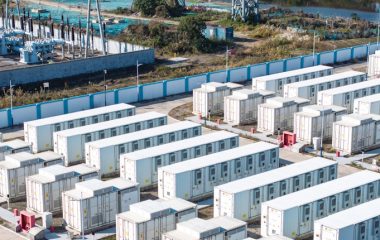
Photo: Hellenic Petroeleum Group of Companies / YouTube
Greek refiner Hellenic Petroleum (ELPE) concluded the construction of the largest PV plant in Greece, a 204 MW project in Kozani.
Hellenic Petroleum’s corporate transformation continues, as the group aims to become a player with a diversified energy portfolio, including hydrocarbons, renewables, hydrogen, and storage.
It is all part of the company’s Vision 2025 plan, which in 2021 included EUR 400 million of investments, of which 60% was in green energy and 10% in environmental and safety upgrades.
The group, also known by its acronym ELPE or HELPE, has concluded the construction of Greece’s largest PV plant – a 204 MW project in Kozani in the country’s north – during Q3 2021 and it is expected to begin operation at the end of March, after it is connected to the transmission grid.
Furthermore, the company acquired a wind portfolio of 38 MW from EREN, as well as PV plants of 16 MW from Trina in Boeotia (Viotia). It expects to meet its goal for 300 MW of renewable installed capacity by the beginning of 2022, earlier than originally planned.
Looking forward, ELPE aims to expand its presence in renewables. The group’s management revealed recently that a portfolio of 303 MW in photovoltaics would be acquired in Meliti, Florina, alongside an investment for another 20 MW in the same area. The projects are not fully mature yet, but they are expected to reach that stage within 2022.
Participation in White Dragon hydrogen project
Aside from renewables, ELPE also participates in the ambitious White Dragon project along with many other Greek and European players under DEPA Trading, also called DEPA Commercial or DEPA Commerce. Its goal is to jumpstart the green hydrogen market in Greece through the creation of producing plants in Western Macedonia during this decade. The plan calls for EUR 8 billion in investments.
Last but not least, ELPE CEO Andreas Siamisiis announced recently that within the first half of 2022 the final investment decision would be made for the construction of a natural gas–fired power plant in Greece, with a capacity of 826 MW. It should be noted that many private groups are building or planning similar plants in order to replace older lignite plants to be decommissioned in the following years.


















Be the first one to comment on this article.